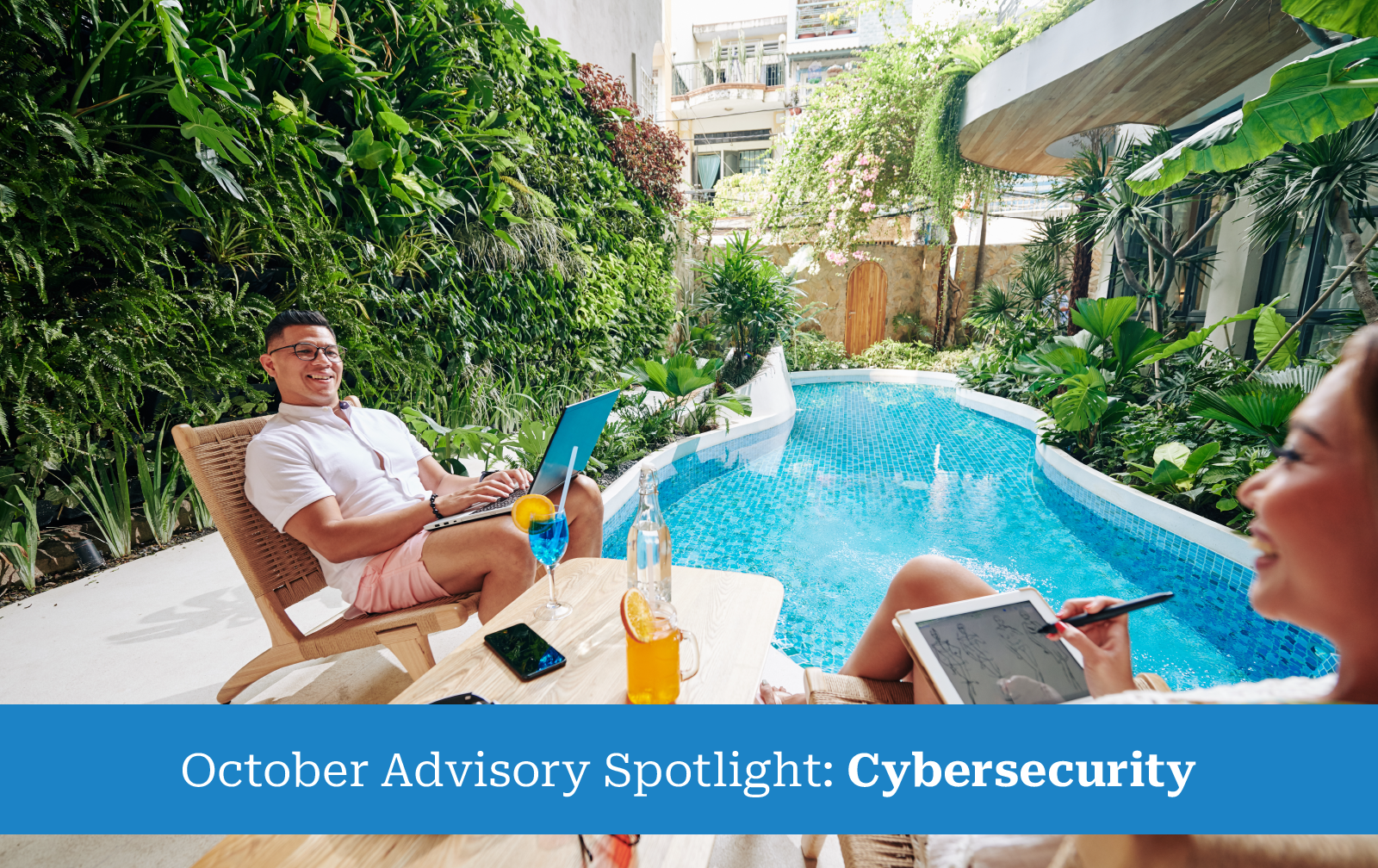How to Protect Your Data, Devices, and Clients on Public Wi-Fi
By: Robert Siciliano

Public Wi-Fi networks are a ubiquitous part of our daily lives, offering convenient internet access in cafes, airports, hotels, and other public spaces. However, these networks have little to no security making the data we transmit vulnerable to various cyber threats. Understanding why Wi-Fi can be insecure and implementing essential security practices is crucial for knowing how to protect your data on public Wi-Fi.
First: Why Public Wi-Fi is Insecure
Wi-Fi was born for convenience not necessarily for security. Public Wi-Fi networks are inherently less secure than private networks for several reasons:
- No encryption: Public networks don’t use encryption, which means anyone on the same network can potentially intercept data transmitted between anyone’s devices and the router or the hackers device.
- Easy access: Public Wi-Fi networks are often open or use shared passwords (think a hand written piece of paper with the password on it at a café), making it simple for malicious actors to connect and exploit vulnerabilities in the hardware or software.
- Man-in-the-middle attacks: Also known as “Evil Twins” Cybercriminals can set up fake Wi-Fi hotspots and intercept data between your device and the legitimate access point.
- Malware distribution: Unsecured networks can be used to spread malware to connected devices and facilitate back door access to your device.
- Outdated security protocols: Some public networks still use older, less secure protocols like WEP, which can be easily hacked and cracked. These outdated protocols will exist until the hardware is replaced or bricked.
Top 10 Security Tips for Using Public Wi-Fi
To protect yourself when using public Wi-Fi, follow these essential security tips:
- Use a VPN
AKA Virtual Private Network (VPN) encrypts your internet traffic, making it much harder it’s not impossible for hackers to intercept your data. Always connect to a reputable VPN service before using public Wi-Fi. Websites like “StackSocial” often have steep discounts on VPNs.
- Enable two-factor authentication
Implement two-factor authentication also known as two step verification (2FA) on your accounts to add an extra layer of security. Even if someone manages to obtain your password from a Wi-Fi hack, they won’t be able to access your accounts without the second authentication factor like a one time password via text. Two factor authentication essentially makes compromised passwords useless to the thief.
- Avoid accessing sensitive information
Refrain from accessing banking websites, making online purchases, or logging into accounts containing sensitive personal information while on public Wi-Fi. If necessary, use your mobile data connection instead. And while this tip might defeat the purpose of just getting stuff done, as long as you engage in basic security protocols, you should still be fine.
- Keep your software updated
Software updates are for functionality purposes, but more importantly, for critical security updates, where the developers discovered vulnerabilities and their technology. Regularly update your operating system, browsers, and applications to ensure you have the latest security patches and protections against known vulnerabilities.
- Disable automatic Wi-Fi connections
Turn off the feature that automatically connects your device to available Wi-Fi networks maybe with the exception of your home or office. This prevents your device from connecting to potentially malicious networks without your knowledge.
- Use HTTPS websites
This tip is a little kind of like “DUH” But, still, when browsing the internet on public Wi-Fi, ensure that the websites you visit use HTTPS encryption. Look for the padlock icon in your browser’s address bar to confirm a secure connection.
- Enable your firewall
Your devices firewall should be on by default. If you don’t know if it is, or isn’t, search the name of your operating system, such as windows 11 and then the word encryption to seek instructions to help determine if your device has encryption turned on. Activate your device’s built-in firewall to add an extra layer of protection against potential threats on public networks.
- Forget the network
After using a public Wi-Fi network, remove it from your list of saved networks to prevent your device from automatically reconnecting in the future. This is similar to disabling automatic Wi-Fi connections.
- Use antivirus software
Even Macs require antivirus. Install and maintain up-to-date antivirus software on your devices to detect and prevent malware infections that could exploit vulnerabilities on public networks. Keep in mind, there are fundamental difference between free antivirus, and paid antivirus. Pay for it, and you get extra layers of security.
- Be cautious of network names
This is another hack, where “evil twins” might come in to play. Verify the legitimacy of the Wi-Fi network you’re connecting to by confirming the correct network name with the establishment providing the service. Cybercriminals often create fake networks with similar names to trick users.
Additional Considerations to Protect Data
Mobile data as an alternative
Using your device or your phone as a hotspot is a great option as long as it’s fast enough. Criminals would be hard-pressed to hack in LTE or 5G network. When possible, consider using your mobile data connection instead of public Wi-Fi for sensitive tasks. While this may consume more data, it provides a more secure connection, especially for activities like online banking or accessing work-related information.
Limit file sharing
For best practices on how to prevent your data from being compromised due to file sharing, research it a little deeper on your own. Or outright disable file sharing on your device when connected to public Wi-Fi to prevent unauthorized access to your files and folders.
Conclusion
While public Wi-Fi networks offer convenience, they also present significant security risks to both you, your clients, and your small business. By understanding these risks and implementing the security tips outlined above, you can greatly reduce your vulnerability to cyber threats.
1261 Views












